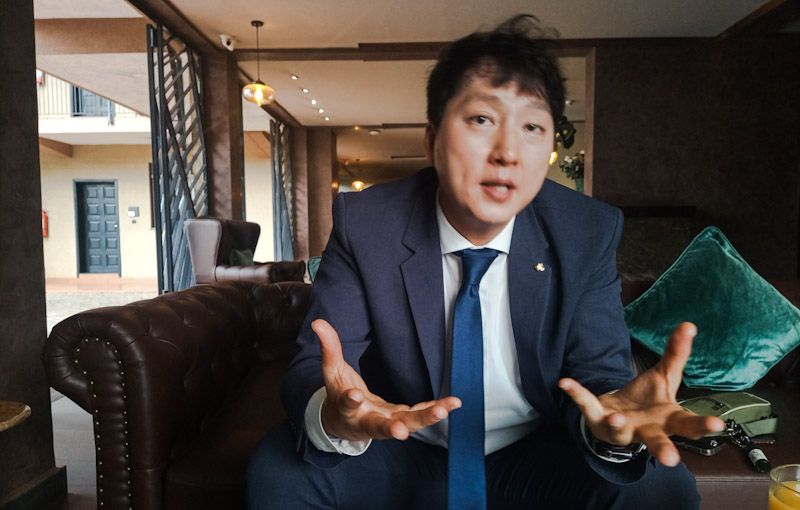

Mr. Andy Kim, from the Korea Federation of Community Cooperatives has played a key role in introducing and growing MG financial cooperatives in Uganda
Financial Cooperatives are not new in Uganda, but their level of success has greatly varied across the country in recent years. While Savings and Credit Cooperative Organisations (SACCOs) have registered some success in Western Uganda, they have struggled in other parts of the country. On the other hand, Village Savings and Loan Associations (VSLAs), largely owing to their design, have failed to spark and transform into meaningful vehicles for savings mobilization similar to what financial cooperatives have done in other countries.
During the last five years, however, a new movement has been taking root with the view to bringing about a national transformation in this area, that starts with the people themselves, as opposed from a top-down policy. The Korean brand of Financial Cooperatives dubbed ‘Maul Geumgo’ (MG)which means ‘Village Bank’, have been introduced with great success in Mpigi and Mityana – two districts of central Uganda.
Since 2017, Mr. Andy Kim, a Korean official working with the Korea Federation of Community Credit Cooperatives (KFCC), based in Seoul, South Korea, has been to villages and government offices in Uganda to try to introduce the Korean brand of Financial Cooperatives in Uganda.
The establishment of close to 20 MGs in the two districts, with a membership of more than 10,000 people, and a formal recognition by the Ministry of Industry and Cooperatives, the MG revolution has been outstanding, thanks to the stewardship and support of KFCC.
In an exclusive interview with The Sunrise, Mr. Kim says that the MG revolution is at a critical stage of takeoff, and will shift gears by expanding its scope from focusing on two districts to other parts of the country and sections of the population. Below are excerpts of the interview.
Qn. Can you introduce yourself, please.
Ans. My name is Andy Kim, working with KFCC, the apex organization for MGs (Maul Geumgo) which means village bank in Korean. We also have an apex organization for MGs in Uganda, which is called UFCC (Uganda Federation of Community Cooperatives).
Qn. What activities is KFCC promoting in Uganda?
Ans. We’re promoting the people in rural areas, especially the youth and women who do not have financial access. Normally, people in rural areas in Uganda, don’t have access to financial institutions. I first came to Uganda in 2017 and I have been speaking with people in rural areas on how to save money. From my findings, many rural people still keep their money under the blanket or the mattress, under the water tank, while others dig the ground and put it there. But this is not a good idea. When you think about cash flow, money should go around to people who need it. This is the function of finance.
In 2017 when I first arrived in Uganda, I found that some people had started village savings associations, which is developed by an international NGO called Care Uganda. This is a very small model where 30 people meet every week to save money and at the end of every year, they share.
Qn. How different is VSLA model compared with MG model?
Ans. When you dissolve the group and start from scratch, it takes time, like up to three or four months, to pool some money in order to be able to give out loan services once again to other members.
The other limitation of VLSAs is about the membership. The groups do not exceed 30 people. It is a very small number which limits the amount of money that can be raised.
Also, the VSLAs are informal organisations. They are only based on trust. It is hard to get a lawyer to defend you .
The third limitation is that VSLAs demand that members save money every week. This means that those that cannot afford to get money every week cannot save. VLSA is a nice model but it has many limitations. So I brought the Korean Financial Cooperatives Model which focuses on community development. Under the MG model, the money belongs to the people, and membership is unlimited, although the geographical scope, at the moment is a parish which assumes potential membership of about 3000 to 4000 households.
Qn. How have you promoted the MG model in Uganda?
Ans. At first we invited the leaders of the Ugandan MGs to Korea in order to train them about the ideology of MGs. When I came to Uganda in 2017, I carried out research in order to study the situation. After the situation analysis we invited local leaders to Korea to train them so that they could train others in the spirit of MG. One year later, we invited another group to Korea who also went through a similar programme of training so they can become trainers of others.
A few years down the road, we have started to notice changes in the community, especially in Mpigi district. People have started to save some money.
Initially people used to think that the best way to save is keep the balance of the money after you have addressed all the needs. But we told them that is the wrong method. The best way to save money is to first put the money in the bank, then you plan for it.
We also told them the stories of our parents and how they managed to transform their lives through savings. Back in 1970s our parents’ generation underwent a radical mindset change. People who previously spent money in bars and on gambling, started to return home early in order to avoid wasting money on beer. The men adopted money saving tactics such as cutting their hair very short to save money while, the women reduced the frequency of visiting beauty shops from every month to once every 3 to 4 months. The women also started to save a scoop of rice every day and they would sell that in the market to raise money. These savings methods became very popular among rural people back in the 1960s and 70s.
We have started to witness mindset changes similar to what happened in Korea. For example, people have started to champion the savings crusade themselves. They use loud speakers to tell people to save.
Qn. How has the progress been over the past couple of years?
Ans. We also started with 30 members, like VSLAs. But currently, some MGs like Bbongole (in Buwama Sub County, Mpigi district) have more than 1600 members. This means that we can pool far much money than the 30 people. This can help to raise a lot of money for lending to members. Many other MGs such as Tiribogo (Mpigi), Bukooba (Ssenkanyonyi-Mityana) have expanded their membership and now make a profit.
Qn. May be in smaller groups there is a higher level of trust. How do you ensure that people’s money is repaid in such a big group?
Ans. MGs are formal financial cooperatives. We got the registered by the Ministry of Trade and Cooperatives, and we can embark on formal processes.
But we also put strong emphasis on training the members and the staff to ensure transparency. Whenever we have a transaction, you will know. Whenever you have a meeting, the director will be telling you your status; your balance.
Qn. The CEO of UFCC Mr. Andrew Kyepa, hinted to me about the fact that you intend to transform the MGs by introducing digital systems to promote financial inclusion. What are some of the innovations in the pipeline?
Ans. For sure I can directly introduce digital systems to the MGs. However, I believe people need to start by understanding how we do the counting by physical handwriting. We have books where the staff of MGs with relatively small number of people, enter transaction information by hand. I think the staff should understand this basic financial information regarding cash flow and book keeping. For an MG with about 100 members, may be 4 transactions take place in a day, the staff can be able to enter this information physically.
However, our model is not one village one MG, it is One Parish One MG. Because villages have on average 300 households. It means that with this limited number of people, villages do not have capacity to expand. But when you think of a Parish Model, you have about 5 to 6 villages. With a Parish model, we can have 6 or 7 villages which has the potential to bring together more than 3000 members.
Qn. Why not target a sub-county for one MG as you would get more members?
Ans. We think a sub county is too big at the moment. However we anticipate the MGs to expand and we have prepared for that moment. We have introduced and trained the staff of MGs in digital systems.
Qn. Why are MGs a better vehicle than VSLAs or banks.
Ans. VLSAs charge about 5% per month (on loans) while banks have a lot of barriers, such as National IDs, collateral. We tried to remove many of these barriers. MGs charge low interest of about 2% per month.
Qn. How is the loan recovery in MGs.
Ans. I don’t have exact figures, but the Chief Executive told me that it is over 90 percent. From the records of last year, many MGs closed with surpluses. It means they made a profit. This means that people are repaying the money.
Very importantly, also is that MGs are 100 percent owned by the local people. Contrary to most banks in Uganda which are owned by foreigners, the MGs are owned by the people. This means that all the profits go to the members themselves.
If the members are able to make a profit, they can choose to take a portion of it as dividend, and another portion can be spent on community projects such as schools.
Qn. Are there situations in Korea where an MG invests in a business?
Ans. The primary focus of the MG is community development. In the 70s in Korea, MG members would donate money to help pave the road or build a school. The interest was to lift the village and give the members a better standard of living. We also urge Ugandans to do something similar, and already some MGs are doing it already, because they understand that the model will bring benefits to Ugandans not to foreigners.
Qn. Currently, MGs are based in Mpigi and Mityana. What is the plan going forward?
Ans. I think we’re almost ready to expand our model to other parts of the country. For the last almost 6 years we have been preparing guidelines, we have expanded the range of savings products. We have assessed the needs of different communities so as to help the MGs to design the loan products that suit the interests of the members.
Qn. Can you give me examples of the different savings and loan products?
Ans. We have the normal savings products where you can save and withdraw anytime you want. We have target savings where members save for a specific target.
When it comes to loans, we have a wide range including emergency loan, agricultural loan, scholarship loan.
Qn. So should we expect to see at least one MG in every district by 2025?
Ans. We’re almost ready to expand. But at the moment we are working with KOICA. To be certain, why I am here today is to participate in the initiation of a study. Last year we launched a project on capacity building targeting the youth in agri-business called SKADU. We realize there are several problems with the youth including unemployment. We’re going to support 4000 youths nationwide only in agri-business development. This is a KFCC project. For this, we shall help to establish a national level MG for the youth. This will be possible with the help of digital platforms that can link the members across the country. With the national level MG, it means we shall be able to cover more parts of the country.
But I want to emphasize that this money is for Ugandans. We are not taking even one shilling to Korea.

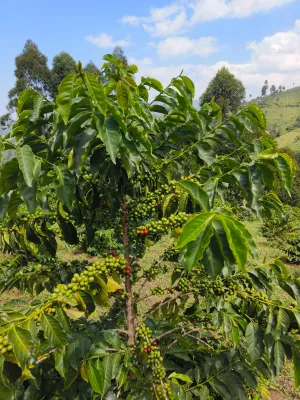
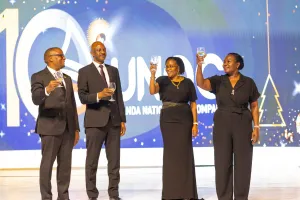
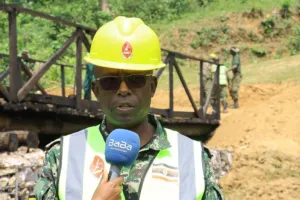
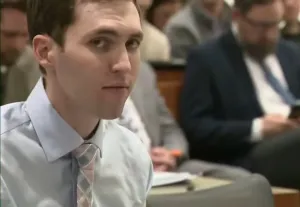
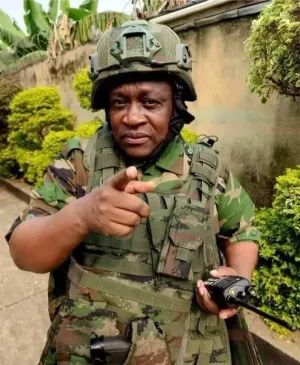


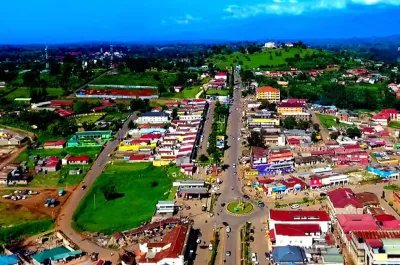




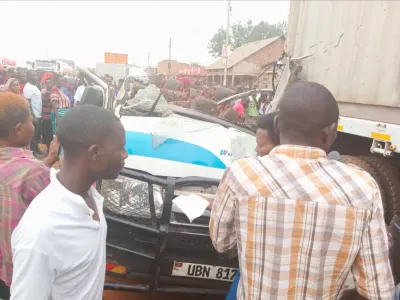
Henry Lutaaya
Leave a Comment
Your email address will not be published.